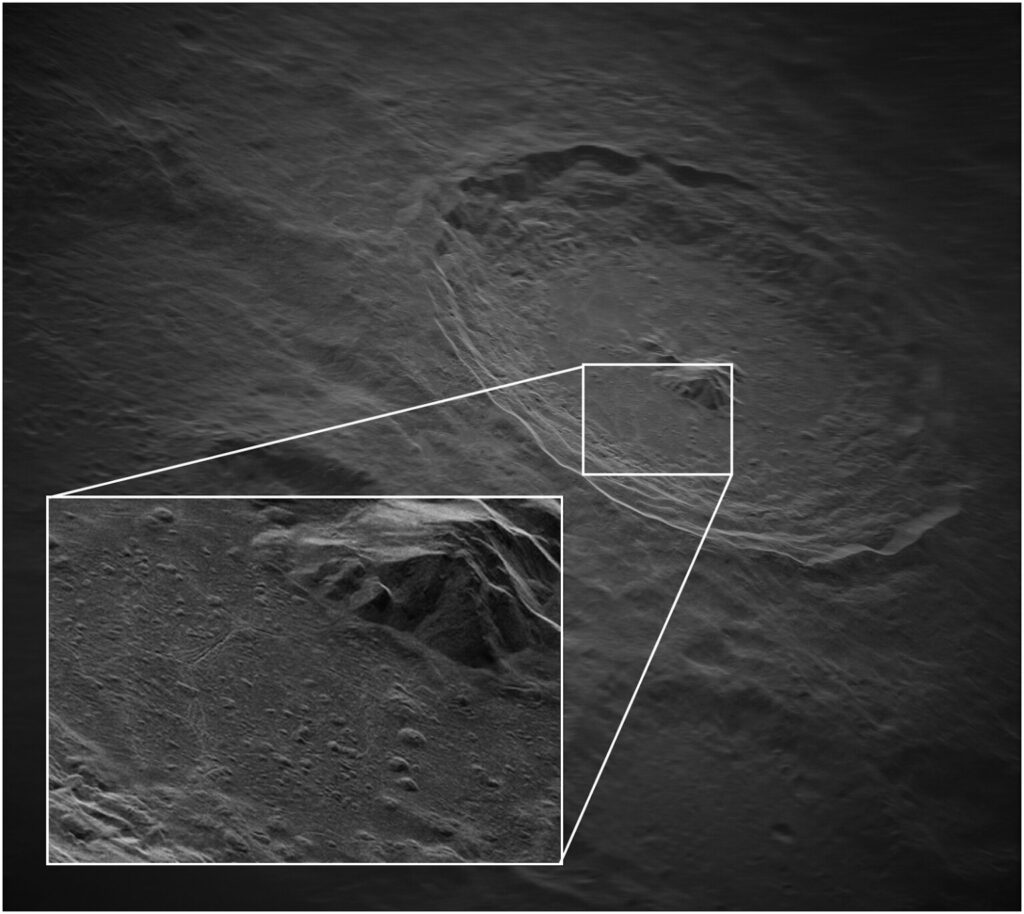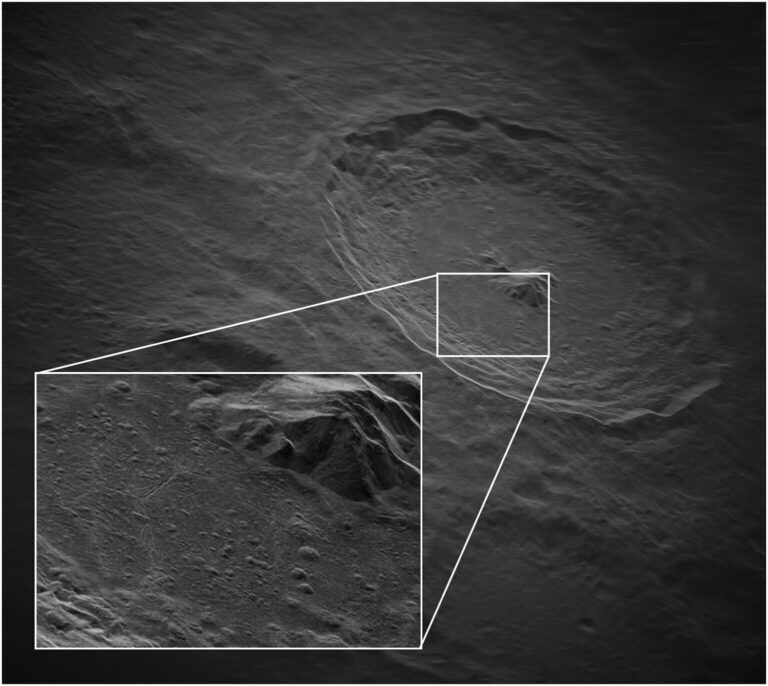Is Radar a Viable Tool for Astronomers to Detect Catastrophic Asteroids?
How can humans safeguard the Earth against the destructive impacts of asteroids and comets? The National Academies, in their 2023-2032 Planetary Science and Astrobiology Decadal Survey, emphasize the crucial role of ground-based astronomical radar systems in planetary defense.
Currently, NASA’s Goldstone solar system Radar, a component of the Deep Space Network (DSN), is the sole system dedicated to this endeavor. However, the National Radio Astronomy Observatory (NRAO) has introduced a new instrument concept known as the next-generation RADAR (ngRADAR) system. This innovative system will utilize the National Science Foundation’s Green Bank Telescope (GBT) and other existing and future facilities to enhance our capabilities in this field.
Tony Beasley, the director of NRAO, highlights the diverse applications of radar technology, ranging from advancing our understanding of the solar system to guiding future robotic and crewed space missions, as well as characterizing potentially hazardous objects that come close to Earth.
On February 17th, scientists will present recent findings achieved through ground-based radar systems at the annual conference of the American Association for the Advancement of Science in Denver, Colorado.
Patrick Taylor, a scientist at NRAO and the project director of ngRADAR, acknowledges the extensive history of NRAO in utilizing radar to deepen our comprehension of the universe. Notably, the GBT played a crucial role in confirming the success of NASA’s DART mission, which aimed to test the feasibility of altering the trajectory of an asteroid.
The GBT stands as the largest fully steerable radio telescope globally. Its remarkable maneuverability, facilitated by its 100-meter dish, enables it to observe 85 percent of the celestial sphere, swiftly tracking objects across its expansive field of view.

Taylor states that with the support of Raytheon Technologies, ngRADAR pilot tests on the GBT have produced the highest-resolution images of the moon ever taken from Earth, using a low-power transmitter. He further emphasizes the potential of a more powerful transmitter.
During the presentation at AAAS, scientists Edgard G. Rivera-Valentín and Marina Brozović share their findings. Brozović highlights that the technology used in the current radar at Goldstone has remained largely unchanged since World War II, which may surprise the public.
The ngRADAR on the GBT, with its new radar transmitter designs, has the capability to significantly increase output power and waveform bandwidth, leading to higher-resolution imaging. Additionally, it will create a more scalable and robust system by utilizing telescope arrays to enhance the collecting area.
Brian Kent, NRAO scientist and director of science communications, explains that NRAO is well-suited to lead these efforts due to the available instruments, such as the Very Long Baseline Array used in the pilot ngRADAR project. He also mentions the future potential of the next generation Very Large Array as a receiver, which will greatly contribute to planetary science.
Ground-based astronomical radar expands our understanding of the universe by enabling detailed studies of our nearby solar system and its components. It allows us to examine the surface and ancient geology of planets and moons, providing insights into their evolution.
Additionally, astronomical radar has the capability to ascertain the position, dimensions, and velocity of potentially dangerous Near Earth Objects, such as comets or asteroids. The progress made in this field is creating fresh opportunities, revitalizing investments, and sparking enthusiasm for collaborative efforts between the industry and scientific community as a multidisciplinary endeavor.
This article is republished from PhysORG under a Creative Commons license. Read the original article.
Do not forget to share your opinion with us to provide you with the best posts !




0 Comments